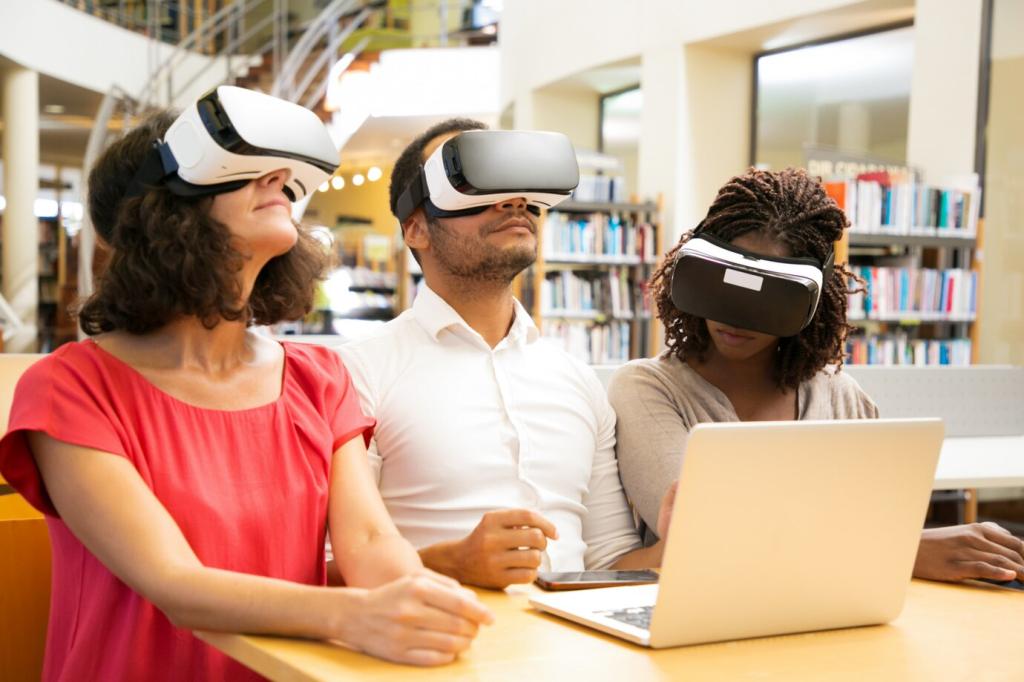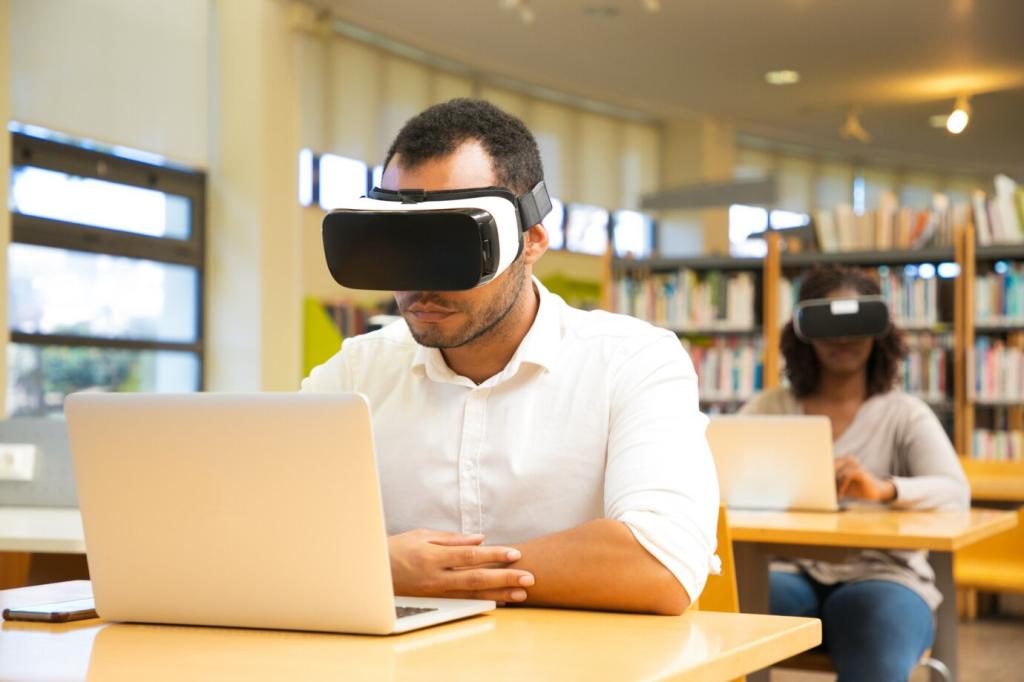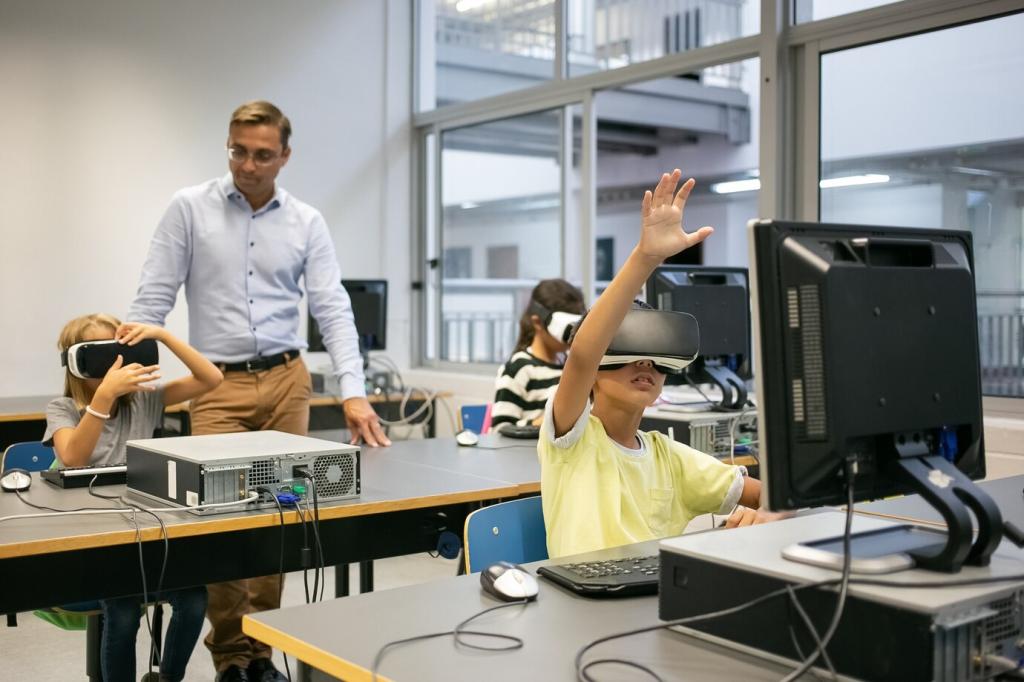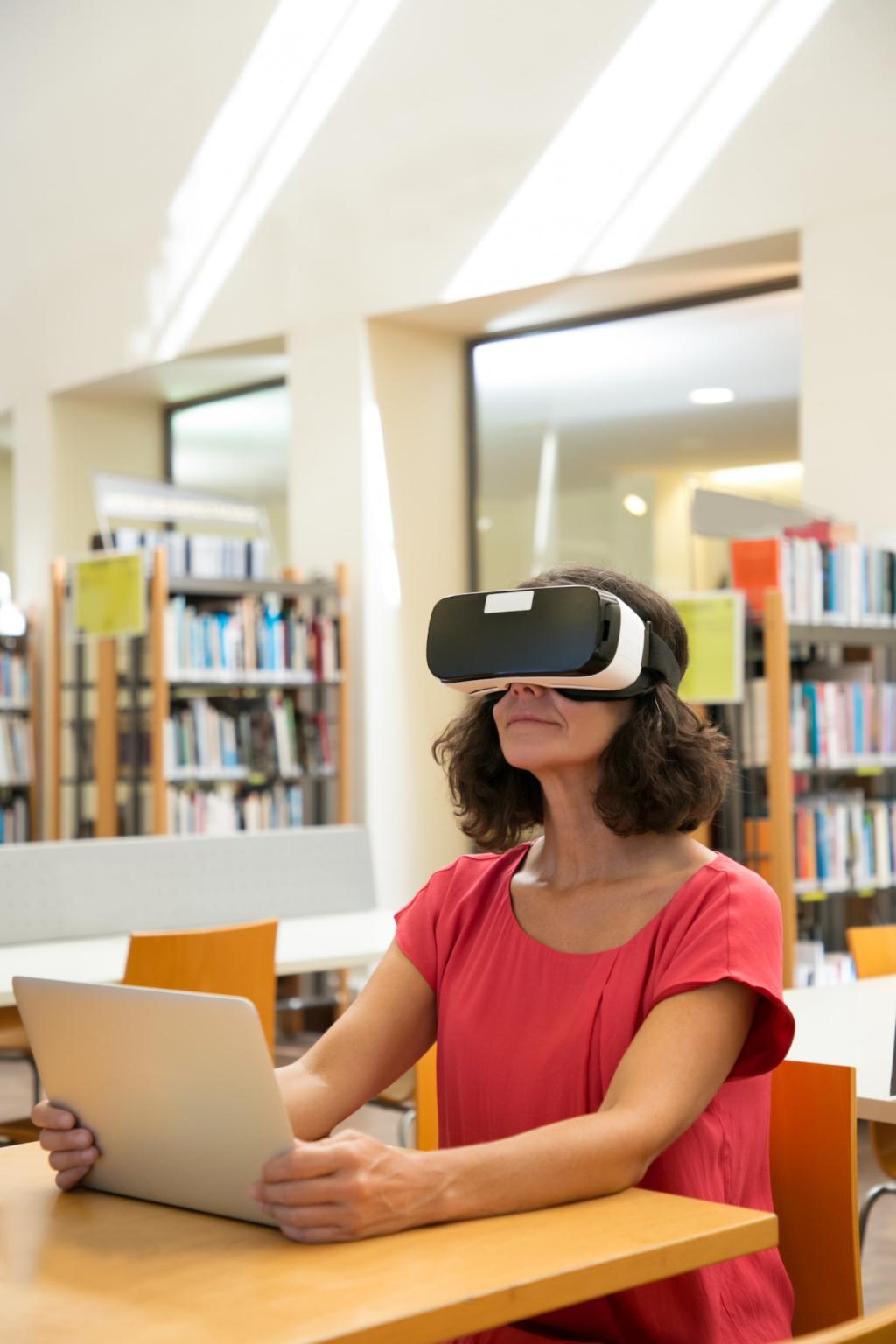Flipped Classroom Models in Career Training Programs
Chosen theme: Flipped Classroom Models in Career Training Programs. Welcome to a hands-on hub where theory meets the shop floor, lab bench, and clinic room. Explore how flipping instruction empowers adult learners to prepare at home and perform with confidence in class. Subscribe to stay updated with practical templates, stories, and implementation checklists.

Flipped models shift lectures to short pre-class materials, freeing in-class time for guided practice on tools, procedures, and simulations. This structure increases repetitions under instructor feedback, building muscle memory and safe habits faster than traditional lecture-heavy schedules. Tell us where you’d reinvest your reclaimed minutes.

Career learners juggle work, family, and study. Flipped resources let them review content at their pace, pause, replay, and prepare questions before lab. This autonomy respects adult experience while reducing anxiety. Have you tested flexible deadlines for pre-work to improve completion without compromising standards?

Programs report higher practical assessment scores and more consistent safety compliance when core concepts move to microlearning, leaving class for coaching. Students arrive primed, instructors differentiate support, and errors decrease. If you track metrics, drop your favorite success indicator so others can benchmark their flipped journey.
Designing Pre-Class Materials That Stick
Microlearning Videos with Clear Performance Goals
Keep videos under seven minutes, open with the skill objective, and show step-by-step procedures using real equipment and authentic scenarios. Include on-screen callouts and brief knowledge checks. Ask learners to note one risk point and one troubleshooting step to discuss in class, boosting transfer to practice.
Contextualized Readings and Visual Job Aids
Replace generic chapters with field guides, annotated diagrams, and photo-based SOPs linked to upcoming tasks. Convert dense text into flowcharts and decision trees. Encourage learners to bring marked-up job aids to the lab. What visual cue or color-coding system helps your learners avoid common mistakes?
Accessibility and Language Clarity
Use plain language, captions, and adjustable playback speeds. Provide audio versions of readings for commuters. Offer glossary pop-ups for technical terms. Invite feedback on readability in a weekly poll, then iterate. When learners can actually digest pre-class content, in-class practice becomes sharper, safer, and more satisfying.

Making In-Class Time Count
Begin with a quick scenario that mirrors job demands, like diagnosing a refrigerant leak or triaging a patient intake. Learners apply pre-work immediately while instructors circulate, probing reasoning. Debrief with a short reflection protocol to cement decision pathways. Repeat similar scenarios to build speed and confidence.


Making In-Class Time Count
Assign learners as operator, observer, and safety officer. Observers use checklists derived from pre-work, noting accuracy and ergonomics. Rotate roles to surface blind spots and develop communication skills. This structure makes tacit knowledge visible and distributes expertise across the cohort, mirroring modern team-based workplaces.
Technology That Fits the Job Site
Select an LMS with a fast mobile app, offline downloads, and push notifications. Integrate messaging so learners can ask clarifying questions right inside a lesson. Keep navigation clean: modules labeled by skill, not week numbers. The easier it is to access pre-work, the higher your completion rates climb.
Technology That Fits the Job Site
Provide downloadable PDFs, audio summaries, and compressed video. Embed transcripts for quick scanning. Encourage learners to sync resources whenever they have Wi‑Fi. These contingencies prevent technology from becoming a gatekeeper, making flipped learning equitable for rural areas and shift workers with spotty connectivity.
Technology That Fits the Job Site
Use analytics to spot patterns: which videos get rewatched, which quiz items confuse many, and which cohorts lag. Bring those insights into class to group learners for targeted coaching. Post a weekly data snapshot to celebrate progress and invite ideas for improving pre-class content and pacing.
Stories from the Shop Floor and Clinic
A medical assistant program replaced lengthy lectures with case videos on empathy, HIPAA basics, and vital sign workflows. In class, learners role-played tough conversations and practiced with real equipment. Patient satisfaction scores rose in externships, and learners reported feeling calmer during first-week rotations.

Assessment That Drives Mastery
Formative Checks Embedded in Pre-Work
Sprinkle micro-quizzes that surface misconceptions before lab. Use branching scenarios that reveal consequences of choices. Ask an open-ended prompt learners must bring to class, anchoring discussion. These checks keep everyone accountable and let instructors plan targeted mini-lessons rather than reteaching entire concepts.
Performance-Based Rubrics and Safety Criteria
Anchor rubrics in observable behaviors: tool setup, sequencing, communication, and safety compliance. Weight critical errors appropriately. Share rubrics in advance so learners self-assess while watching pre-work. In class, use the same criteria for feedback to create a seamless line from preparation to performance and certification.
Reflection and Metacognition
Close each session with a quick reflection: what I attempted, what changed after feedback, and what I’ll try next. Encourage voice notes for faster capture. These habits build judgment, helping learners transfer flipped preparation into confident action on unpredictable job sites and during high-stakes evaluations.

